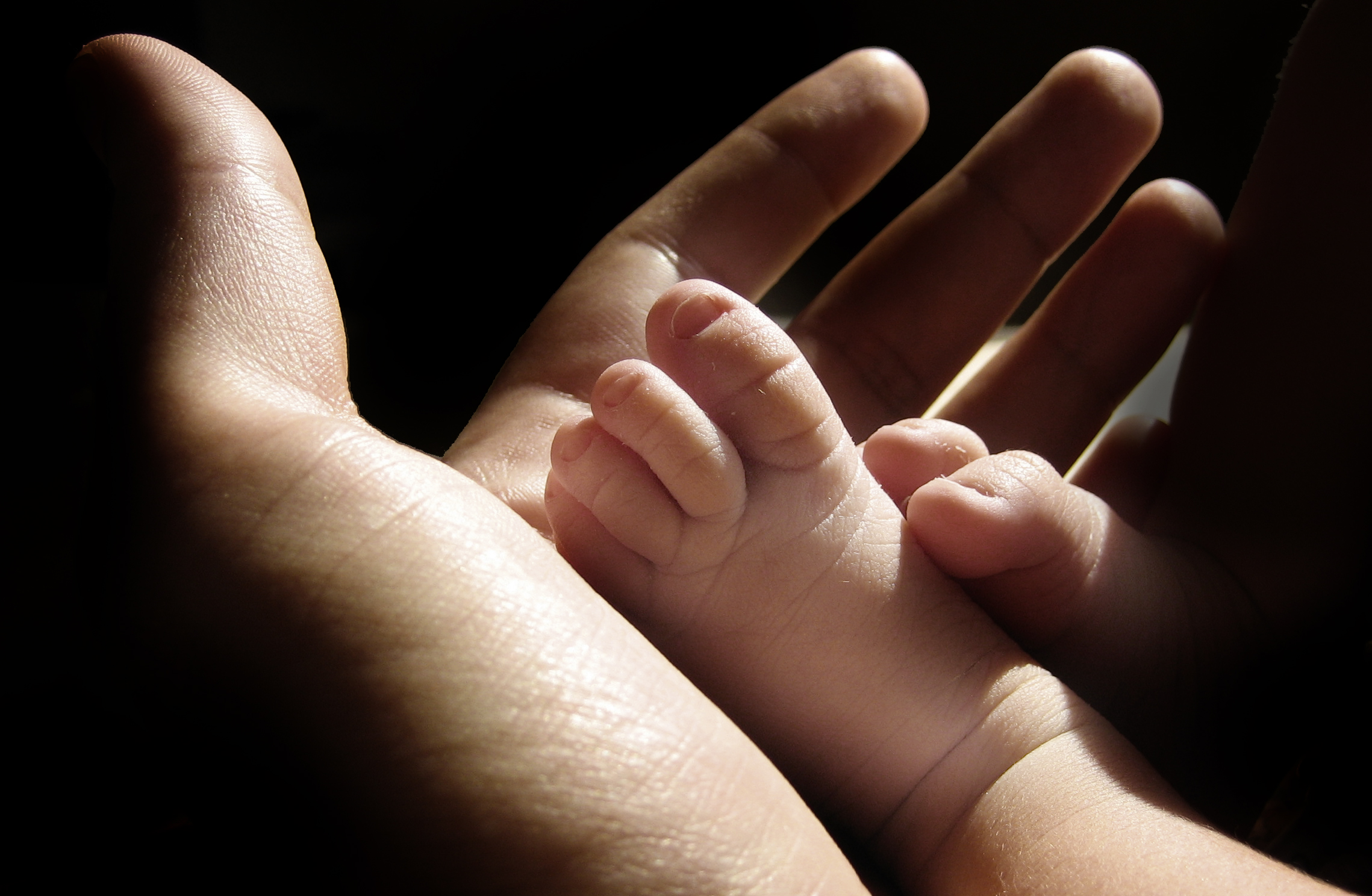
FRIDAY, April 9 (HealthDay News) — In the past 35 years, the percentage of overweight or obese children in one Louisiana town has more than tripled, new research shows.
In the early 70s, fewer than one in six children (14.2 percent) in the town of Bogalusa was overweight or obese. By 2008-2009, almost half of the town’s children and teens (48.4 percent) fell into those categories, according to a study in the April issue of Pediatrics.
The startling findings come on the heels of a more encouraging study, published in January in the Journal of the American Medical Association (JAMA), that found overweight and obesity rates across the United States appeared to finally be leveling off.
“These findings show that we still have a long way to go as a nation to get where we need to be with childhood obesity,” said study author Stephanie Broyles, an assistant professor and epidemiologist at the Pennington Biomedical Research Center at Louisiana State University in Baton Rouge.
“Our national goal was 5 percent for childhood obesity by 2010, and we’re nowhere near that. This needs to remain a high priority,” she said.
The JAMA study found that 16.9 percent of American children are obese.
In the current study, Broyles and her colleagues used data from the Bogalusa Heart Study, a long-term community-based study to assess the natural history and development of heart disease from childhood through adulthood. Bogalusa is a semi-rural town, according to the study.
At the start of the study in 1973, Bogalusa was a community of about 20,000 people, with 65 percent white and 35 percent black residents. In 2008-2009, the researchers found that the population had shrunk to about 13,000 people and was 57 percent white and 41 percent black.
Between the two study periods, the rates of overweight and obesity tripled in Bogalusa. The researchers didn’t find any significant differences in the rates of overweight and obesity between the races. Data on family incomes and education levels weren’t available.
Broyles pointed out that this study wasn’t meant to single out Bogalusa, but to highlight a growing disparity between town and country. “Rural children may be more at risk for overweight and obesity,” she said.
“In places like Bogalusa, you almost have a food desert. Access to whole wheat bread choices, fresh fruits and vegetables are typically more limited,” she explained.
And, she said, she doesn’t think Bogalusa is the only place experiencing unusually high levels of overweight and obesity in children.
Dr. Goutham Rao, clinical director of the Weight Management and Wellness Center at Children’s Hospital of Pittsburgh, agreed that it’s likely there are other areas of the country also experiencing substantially higher rates of childhood overweight and obesity. “What I’m hoping is that this study doesn’t indicate that we have a growing dichotomy where a huge chunk of the country is getting better, but poorer, rural communities may be getting worse.”
Although access to food and physical activity opportunities may be more limited in rural areas, Rao said parents shouldn’t just resign themselves to having heavy kids. “There are a lot of things that families can do to reverse this problem. You’re definitely more vulnerable because of your environment, but even in Bogalusa, not everyone is becoming overweight,” he said.
Rao and Broyles recommended strategies such as limiting TV and computer time, encouraging physical activity and eating together as a family. They also recommended making healthier food choices whenever possible.
Broyles said that the communities and schools need to be involved, too. Schools need to offer healthy food choices and encourage physical activity. Communities can add sidewalks and parks and create safe places for kids to move around, she said.
“There many pieces to the puzzle,” Broyles said. “It’s not all on the shoulders of the parents. Schools have a role to play; the community has a role to play; and decision-makers and politicians have a role to play. Everyone needs to recognize that this is a really important problem.”
More information
For more on overweight and obesity in children, including prevention advice, visit Nemours Foundation’s KidsHealth.

